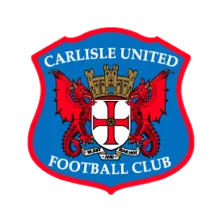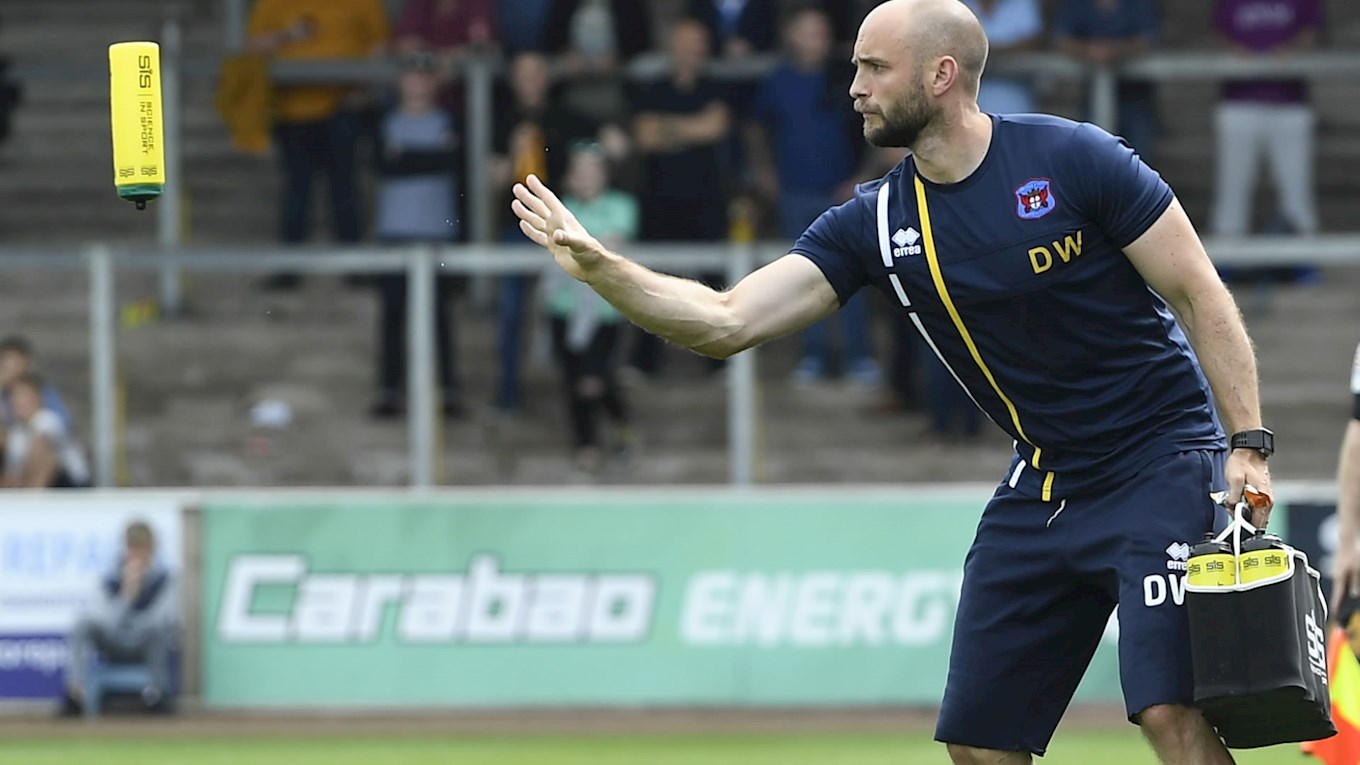Just under a fortnight ago Chris Beech, along with every other manager in the EFL, was going through the final preparations, as normal, ahead of the weekend game – in United’s case that was an away trip to Blundell Park to face Grimsby Town.
Such was the fast-moving and ever-changing nature of the threat faced from the Coronavirus outbreak, players who had set off to get to the agreed meeting and pick-up points for the Grimsby trip were turned round and sent home, as football reacted in the only way it could to the situation it faced.
A postponement of all football related activity to the beginning of April was quickly pushed back to an end of April date, as the virus tightened its grip, but the football authorities have maintained throughout that the preferred outcome will be for the remaining fixtures to be played – we have five away and four home still to fulfil – and for the season to be concluded in its usual competitive manner.
But with the country now in lockdown, and gyms, leisure centres and, in some cases, even local parks closed to the public, how will the players maintain the necessary levels of fitness required so that they’ll be able to ‘hit the ground running’ once the green light is given for the match action to resume?
Strength and conditioning coach Dave Waldie gives us an insight.
“When I heard the news on Monday evening last week that all training was cancelled for the foreseeable future, all players were issued with a pre-prepared home-based strength and conditioning programme” he said.
“The programme assumed the players had no equipment available to them with a large possibility that gyms were soon to close which, of course, became the case.
“The aim of the programme is to maintain fitness levels as much as possible whilst, at the same time, preventing any injuries. The task itself relies heavily on the players professionalism as being at home away from the club can often affect motivation levels.
“The idea was to have an easy-to-follow programme that is similar in structure to what they’re used to when training normally, in order to attempt to maintain consistency.”
Basing the programme around four main pillars – routine, conditioning, strength and rehab / preventative exercise – he explained what a working week now looks like for players who are faced with their own unusual set of circumstances.
“Routine is an extremely important part of this programme,” he told us. “The players have been told to get their training done before 1pm (preferably between 10am and midday) to maintain structure in life, and they will then be able to relax and enjoy the afternoon at home with their family.
“In terms of conditioning, they will do five running sessions per week of varying speed, intensity and volume. These are easy to follow and track using the Strava App.
“For strength, they have bodyweight movements adapted for home use. If there are suitable parks available, there are some park exercises (chin ups on climbing frame, row using a swing, etc).
“And the fourth pillar is for them to ensure that they continue any previous rehab / preventative exercises they’ve been given.”
“The programme is changing on a weekly basis as the COVID-19 outbreak develops,” he added. “It’s not as easy as an off-season or pre-season plan, as with them you know when the end date is.
“In this instance there’s no such periodising for competition, so it’s more a case of keeping the players in a position to return to training, hopefully in the next few weeks, but that isn’t something we can second guess at this stage.”
So how close is the home-based programme to what a player would do during a ‘normal’ working week?
“The current programme mirrors a normal weeks training with running on Monday, Tuesday, Thursday, Friday and Saturday, and with rehab and a bodyweight conditioning session on each of those days,” he explained.
“One problem to overcome is the lack of ball work, and the touch and feel that they would normally get in abundance when training. With that in mind they’ve all been encouraged to get in their gardens, go to parks and keep their touch as much as possible, within the government guidelines.
“We are hopeful that we’ll get at least 10 to 14 days with the players prior to returning to competitive fixtures. This will reacquaint them all with the dynamic movements and demands of small, medium and large-sided games, and we’re also preparing for a scenario where we may have to play three games per week.
“I’ve been in almost daily contact with all players and they’re all enjoying the programme, logging their runs on the app and, most importantly, staying safe.”

